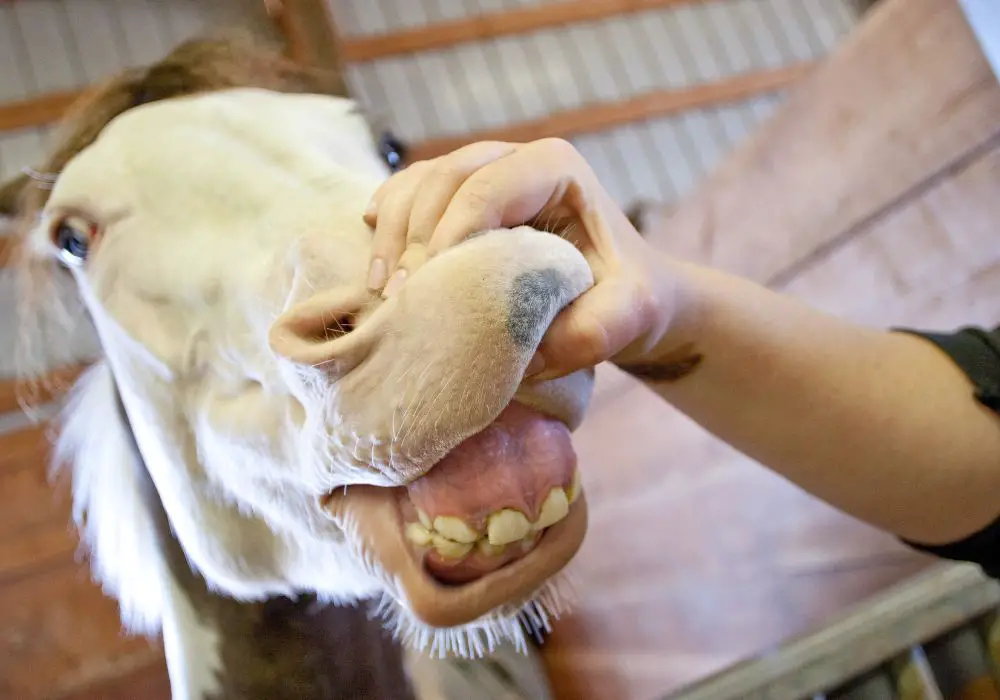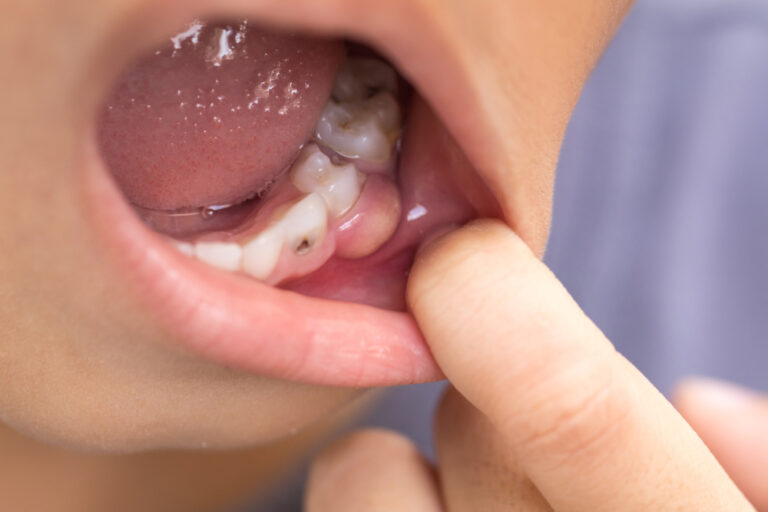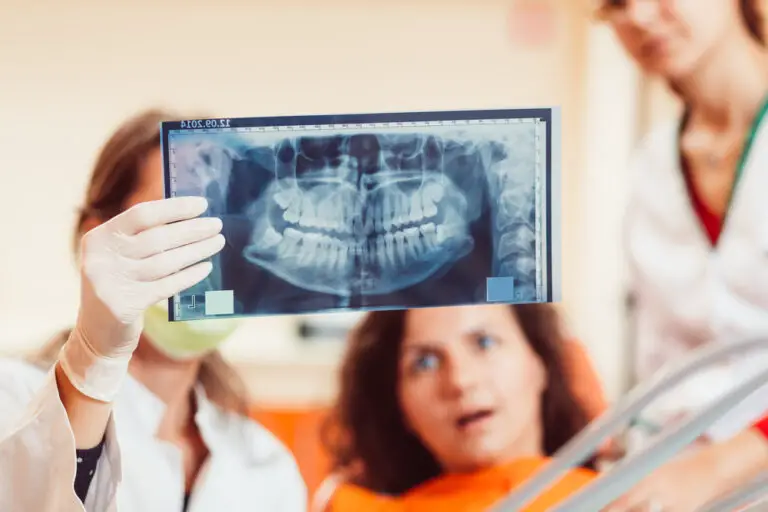Looking at a horse’s teeth can give you valuable information about its age, health, and overall well-being. By examining the teeth, you can determine whether the horse is young or old, has any dental problems, and even get an idea of its diet.
Horses have two types of teeth: incisors and cheek teeth. The incisors are the front teeth that are used for cutting and nipping grass, while the cheek teeth are located towards the back of the mouth and are used for grinding and chewing. The number of teeth a horse has and their condition can provide important insights into the horse’s health and age.
Some signs that a horse may have dental issues include quidding (dropping partially chewed food), difficulty eating, weight loss, and bad breath. Regular dental check-ups and care are essential for maintaining your horse’s health and preventing dental problems from developing. By paying attention to your horse’s teeth, you can ensure that it remains healthy and happy for years to come.
The Basics of Equine Dentistry
When it comes to understanding a horse’s overall health and well-being, examining their teeth is a crucial aspect. Equine dentistry is the practice of maintaining and treating horses’ teeth, and it plays a significant role in ensuring that they are healthy and comfortable.
Here are a few basic facts about equine dentistry that every horse owner should know:
- Unlike humans, horses’ teeth continue to grow throughout their lives. This is because horses’ teeth are designed to wear down as they chew tough plant material in the wild. However, domesticated horses often eat softer food, which can cause their teeth to grow too long and create problems.
- Horses have both deciduous (baby) teeth and permanent teeth, just like humans. However, horses’ teeth erupt and fall out at different times than human teeth do. For instance, horses’ permanent teeth usually come in between the ages of two and five years old.
- Horses have a unique dental anatomy that is different from other animals. For example, horses have a long, curved jaw that allows them to grind their food efficiently. They also have a large space between their front teeth, known as the diastema, which allows them to grip and tear grass more effectively.
- Equine dentists use specialized tools to perform dental procedures on horses. These tools include rasps, floats, and extractors, which are designed to file down teeth, remove sharp points, and extract teeth that are causing problems.
- Regular dental checkups are essential for maintaining a horse’s dental health. Horses should have their teeth examined by a veterinarian or equine dentist at least once a year, and more often if they are experiencing dental problems.
By understanding the basics of equine dentistry, you can help ensure that your horse stays healthy and comfortable for years to come.
Age Determination by Teeth

Determining the age of a horse by looking at its teeth is a common practice among horse owners, breeders, and veterinarians. The teeth of a horse change as it grows older, and by examining them, you can get an idea of the horse’s age. Here are some things you should know about age determination by teeth.
Foal to Adult Teeth
A horse is born with no teeth, but within a week, it starts to develop its baby teeth, also known as deciduous teeth. By the time the foal is eight months old, it will have a complete set of 24 baby teeth. These teeth will start to fall out when the horse is around two and a half years old, and the adult teeth will start to grow in their place.
The first adult teeth to appear are the front incisors, and by the time the horse is five years old, it will have a complete set of 40 teeth. The adult teeth are larger and more permanent than the baby teeth, and they continue to grow throughout the horse’s life.
Wear and Tear
As a horse ages, its teeth undergo wear and tear, which can give you an idea of its age. The teeth of a young horse are smooth and have distinct ridges, while the teeth of an older horse are worn down and may have missing or broken teeth.
One way to determine the age of a horse is to look at the shape of its teeth. The teeth of a young horse are oval-shaped, while the teeth of an older horse are more triangular. The teeth of an older horse may also have a groove in the center, called Galvayne’s groove, which can help determine its age.
Another way to determine the age of a horse is to look at the wear on its teeth. The teeth of a young horse have sharp edges, while the teeth of an older horse are rounded and worn down. The amount of wear on a horse’s teeth can give you a rough estimate of its age.
In conclusion, examining a horse’s teeth can give you an idea of its age and help you determine its overall health. By understanding the changes that occur in a horse’s teeth as it grows older, you can better care for your horse and ensure that it stays healthy and happy for years to come.
Health Indications from Teeth
When it comes to horses, their teeth can tell you a lot about their health. By examining a horse’s teeth, you can determine its age, diet, and overall health. Here are some health indications you can find out from a horse’s teeth:
Dental Diseases
Dental diseases are a common problem in horses. Some of the most common dental diseases include periodontal disease, tooth decay, and abscesses. These diseases can cause a lot of pain and discomfort for the horse, and they can also lead to other health problems.
One way to prevent dental diseases is to provide your horse with proper dental care. This includes regular dental checkups and cleanings, as well as feeding your horse a healthy diet that is high in fiber and low in sugar.
General Health Issues
In addition to dental diseases, a horse’s teeth can also indicate other health issues. For example, if a horse has worn down teeth, it may be a sign that the horse is not getting enough fiber in its diet. This can lead to digestive problems and other health issues.
Another health issue that can be indicated by a horse’s teeth is dehydration. If a horse’s teeth are dry and cracked, it may be a sign that the horse is dehydrated and not drinking enough water. Dehydration can lead to a variety of health problems, including colic and kidney failure.
Overall, examining a horse’s teeth can provide valuable information about its health. By paying attention to your horse’s teeth and providing proper dental care, you can help ensure that your horse stays healthy and happy.
Dental Care and Maintenance

Taking care of your horse’s teeth is essential for its overall health and well-being. Proper dental care can help prevent dental problems and ensure that your horse can eat comfortably and efficiently. Here are some tips for maintaining your horse’s dental health:
Regular Checkups
Regular dental checkups are important to identify and address any dental problems early. It is recommended to have your horse’s teeth checked by a veterinarian at least once a year. During the checkup, the vet will examine your horse’s teeth and may perform procedures such as filing or extracting teeth if necessary.
Proper Feeding Practices
Proper feeding practices can also help maintain your horse’s dental health. Here are some tips:
- Provide your horse with plenty of roughage, such as hay or grass, to help wear down its teeth naturally.
- Avoid feeding your horse too many sugary or starchy treats, as they can contribute to dental problems such as cavities.
- Make sure your horse has access to clean water at all times, as dehydration can lead to dental problems.
In addition to these tips, it’s important to monitor your horse’s eating habits and behavior. If you notice any changes in your horse’s appetite or behavior, such as dropping feed or difficulty chewing, it may be a sign of a dental problem and you should contact your veterinarian.
By following these dental care and maintenance tips, you can help ensure that your horse’s teeth remain healthy and strong.
Teeth and Horse Behavior

When it comes to understanding a horse’s behavior, their teeth can provide valuable insights. Here are two areas where you can learn a lot about your horse by examining their teeth:
Eating Habits
A horse’s eating habits can be affected by their teeth. If a horse is experiencing pain or discomfort in their mouth, they may have difficulty chewing and swallowing their food. This can result in weight loss, poor nutrition, and digestive issues.
One common issue that can affect a horse’s eating habits is the presence of wolf teeth. These small teeth, which grow just in front of the cheek teeth, can interfere with the bit and cause discomfort when a horse is ridden. If your horse is having trouble eating or seems to be in pain while being ridden, it’s worth checking their teeth to see if wolf teeth are the culprit.
Riding Issues
As mentioned above, dental problems such as wolf teeth can cause issues when riding a horse. But there are other ways that a horse’s teeth can impact their behavior when being ridden.
For example, if a horse has sharp points on their teeth, they may have difficulty accepting the bit or may toss their head in discomfort. Similarly, if a horse has uneven wear on their teeth, it can cause imbalances in their jaw and neck muscles, which can lead to resistance when being ridden.
Regular dental checkups can help prevent these issues and ensure that your horse is comfortable and healthy. By paying attention to your horse’s teeth, you can gain a better understanding of their behavior and keep them happy and healthy.
Frequently Asked Questions
How can you determine the age of a horse by examining its teeth?
The age of a horse can be estimated by examining the teeth. Young horses have temporary teeth that are replaced by permanent teeth as they grow. By the age of five, a horse will have all of its permanent teeth. The shape, size, and wear of the teeth can give an indication of a horse’s age.
What is the significance of Galvayne’s groove in determining a horse’s age?
Galvayne’s groove is a vertical indentation that appears on the upper corner incisor teeth of horses as they age. It first appears at the age of 10 and extends halfway down the tooth at the age of 15. By the age of 20, it extends the full length of the tooth. After the age of 25, the groove begins to disappear. The presence and depth of Galvayne’s groove can help determine the age of a horse.
What are some common age ranges for horses based on their teeth?
Horses are generally divided into three age groups based on their teeth: young horses (up to 5 years old), middle-aged horses (6 to 15 years old), and senior horses (16 years and older). Within each group, there are further age ranges that can be determined by examining the teeth.
Why is it important to examine a horse’s teeth?
Examining a horse’s teeth can give important information about its age, health, and diet. It can also help identify potential dental problems that may affect the horse’s overall well-being and performance.
What are some unique features of horse teeth?
Horse teeth are unique in that they continue to grow throughout the horse’s life. They are also designed for grinding and chewing tough plant materials. The teeth of a horse are arranged in a pattern that allows them to grind food efficiently.
Can you accurately determine the age of a horse solely by examining its teeth?
While examining a horse’s teeth can give a good indication of its age, it is not always accurate. Factors such as genetics, diet, and wear patterns can affect the appearance of a horse’s teeth. Other methods, such as examining the horse’s registration papers or using a veterinarian’s expertise, may be necessary to determine the horse’s age with greater accuracy.






